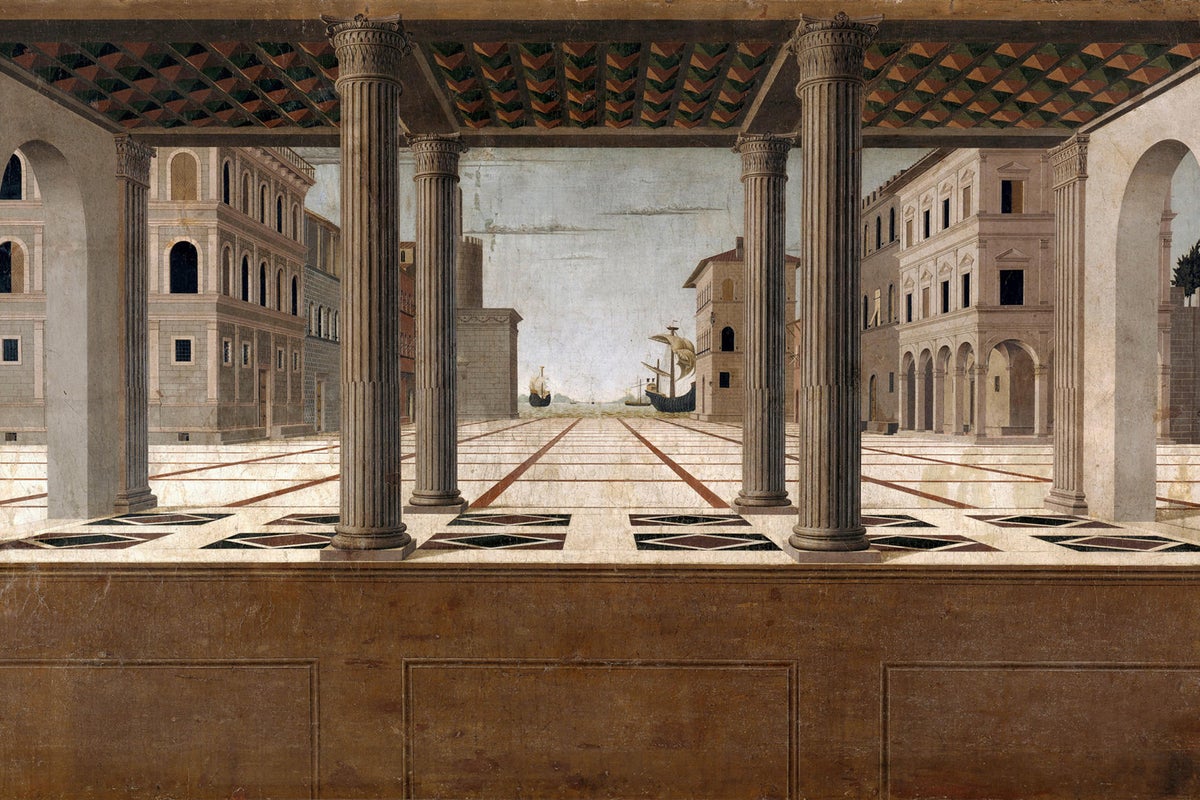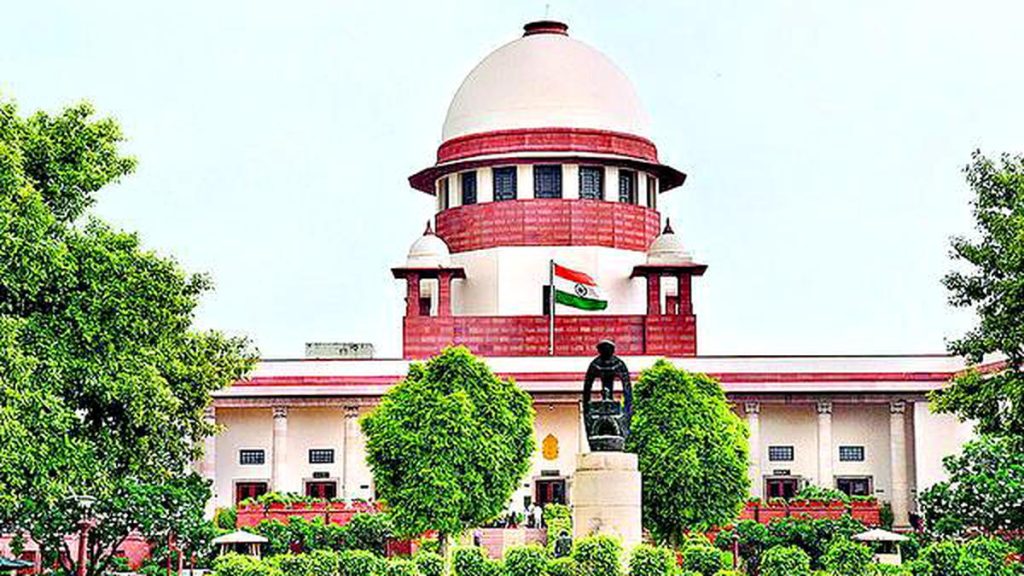Now Reading: Bitcoin’s Encryption Roots: A Blend of Renaissance Art and Mathematics
-
01
Bitcoin’s Encryption Roots: A Blend of Renaissance Art and Mathematics
Bitcoin’s Encryption Roots: A Blend of Renaissance Art and Mathematics

Speedy Summary:
- Filippo Brunelleschi revolutionized Renaissance art circa 1415-1420 by using perspective laws to create realistic paintings.
- The principles of perspective later enabled mathematical discoveries linking projective geometry and Euclidean geometry.
- French mathematicians, such as Girard Desargues and Jean-Victor Poncelet, expanded these ideas over centuries, integrating concepts like points at infinity into geometry systems.
- Norwegian mathematician Niels Abel laid groundwork for elliptic curves in the 19th century; these curves eventually contributed to modern cryptography systems.
- Elliptic curve cryptography-a secure encryption method used by Bitcoin and other platforms-builds on the operations of elliptic curve groups established in the mid-1980s by researchers Victor S. Miller and Neal Koblitz.
- Compared to RSA encryption currently dominating Internet traffic, elliptic curve cryptography uses smaller keys for stronger security per bit and faster processing performance.
Indian Opinion Analysis:
The story underscores how innovations across disciplines-art, mathematics, science-can remain interconnected over centuries, driving technological advancements like modern-day cryptocurrencies. For India’s growing digital economy where blockchain is increasingly being adopted (especially via cryptocurrency platforms), further exploration into efficient encryption methods such as elliptic curve cryptography could help fortify online security infrastructure while enhancing transaction speed.
India’s increasing digital presence also aligns with global efforts toward quantum-resistant encryption techniques that protect against future computational threats posed by quantum computing developments.Leveraging historical methodologies adapted through contemporary mathematics could position Indian stakeholders ahead in cybersecurity preparedness while integrating robust solutions within its burgeoning fintech landscape.























